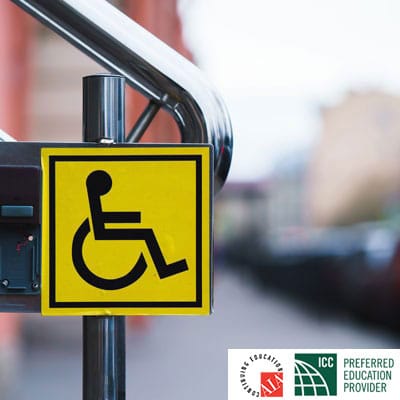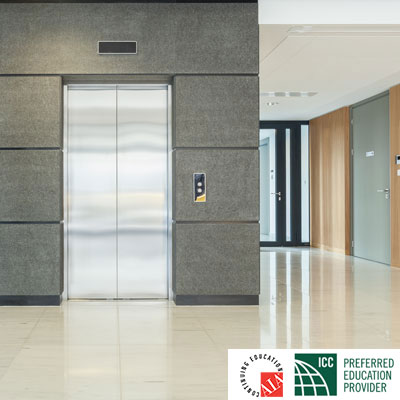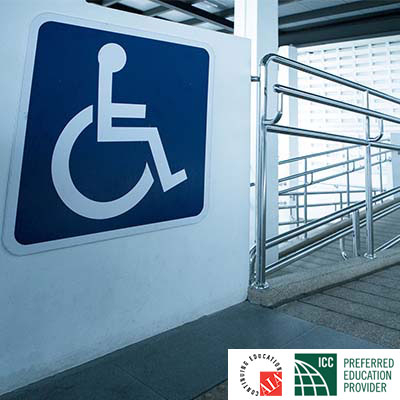Description
Instructor: Paul Spite
In September of 2010, the U.S. Department of Justice published the “2010 ADA Standards for Accessible Design,” a comprehensive set of standards about designing buildings to facilitate their use by the handicapped. The publication contained two parts, one establishing accessibility laws for facilities built with public funds, and one providing guidelines for public buildings built by private entities. Since that time, numerous model codes, building codes and published standards have been released, based in part or in whole on those standards, creating some confusion as to what exactly is required. This course is a comprehensive overview of the original guidelines and their intent.
The “2010 ADA Standards for Accessible Design,” though quite lengthy, have been broken out and grouped into nine categories of information, presented in the following sequence. A short series introduction discusses the creation of the standards and their applicability as regulations. This course then focuses on the additional parts of the standards addressing; communication features for the disabled, consideration of finishes to use with mobility aids and recreational facilities to provide continued enjoyment by the handicapped.
An attempt was made to simplify these regulations and present them in an orderly and comprehensible fashion. Hopefully, the resulting information will be of use in designing public accommodations and commercial facilities, making them readily accessible to, and usable by, individuals with disabilities.
This course teaches the following specific knowledge and skills:
- Features and functions of alarm and notification systems in facilities designed to be accessible and usable by disabled occupants of all descriptions.
- Characteristics and defining features of visual, Braille, pictograms and tactile characters, ensuring that signage in accessible locations is legible to, and usable for, all occupants
- Consideration of flooring surfaces and finishes, including allowable changes in level, to ensure smooth passage over them
- Features of various facilities designed for recreation, so as to make continued enjoyment possible for the disabled.
This Course Covers:
- Communication Features in General
- Notifications
- Signage
- Accessible Telephones
- Transportation Facilities
- Assistive Listening Systems
- Accessible Automatic Teller and Fare Machines
- Accessible Two-Way Communication Systems
- Surfacing Materials
- Furniture
- Recreational Opportunities
- Accessible Amusement Rides
- Accessible Recreational Boating Facilities
- Accessible Fishing Piers and Platforms
- Accessible Exercise Machines and Equipment
- Accessible Golf Facilities
- Accessible Miniature Golf Facilities
- Play Areas
- Accessible Swimming Pools, Wading Pools, and Spas
- Accessible Shooting Facilities with Firing Positions
Credit(s) earned on completion of this course will be reported to AIA CES for AIA members. Certificates of Completion for both AIA members and non-AIA members are available to print upon completion of the course.



